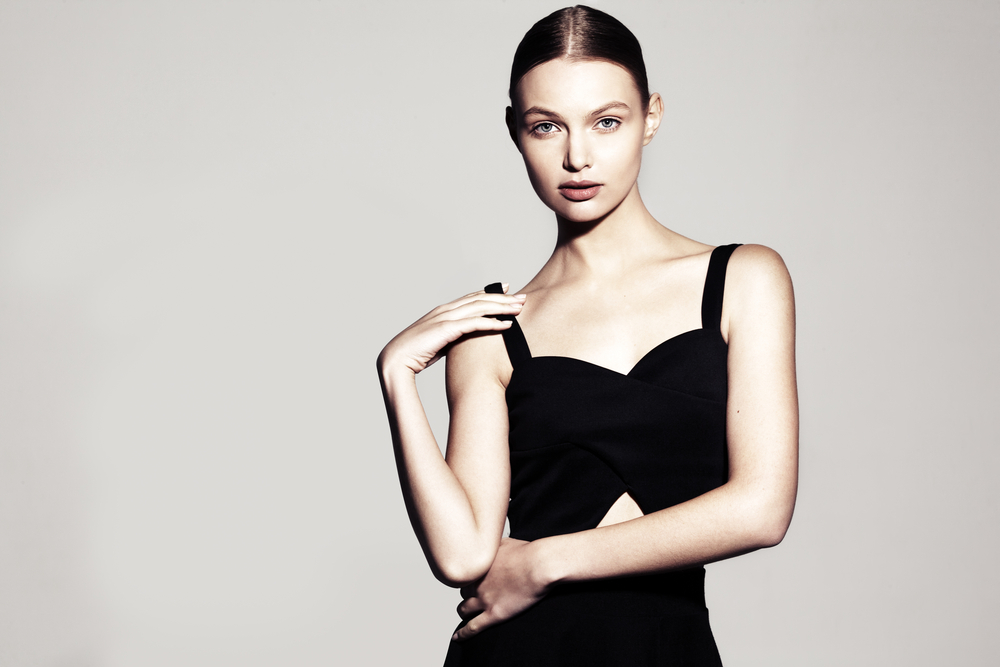
Modeling is often regarded as an exquisite form of art that combines creativity, expression, and beauty. It captivates the audience through striking visual representations that tell captivating stories. However, behind the scenes, there is a delicate balance between artistry and scientific precision that goes into creating stunning photoshoots. In this article, we will delve into the secrets of modeling (by models) , exploring the art and science behind this captivating form of visual communication.
Understanding the Art of Modeling
Modeling is a form of visual storytelling where photographers, models, and creative teams collaborate to create a compelling narrative through images. It allows individuals to convey emotions, ideas, and concepts in a visual format. The art of modelling is all about expression, posing, and utilizing body language to communicate with the audience. It is about conveying a message through captivating visuals that leave a lasting impact.
A skilled model can transform themselves into anyone or anything, capturing the essence of a character or a theme. Whether it is high-fashion modelling (or modeling) , editorial work, or commercial campaigns, models have the power to bring ideas to life through their poses and expressions. They are the canvas for photographers and creative directors to paint their vision.
The Science of Modeling: Technical Expertise
Behind the captivating images lies a scientific approach to modeling that ensures perfection in every shot. The science of modeling involves technical expertise, lighting manipulation, composition, and the use of cutting-edge equipment. This meticulous attention to detail sets the foundation for breathtaking photoshoots.
Lighting plays a crucial role in modeling (or modelling) as it shapes the mood, highlights the subject, and accentuates the model's features. Photographers meticulously plan and control lighting setups to create the desired effect. They experiment with natural light, strobes, softboxes, and other lighting modifiers to achieve the perfect balance and enhance the model's beauty.
Another aspect of the scientific approach lies in composition. Photographers carefully consider the framing, perspective, and overall arrangement of elements within the frame to create visually pleasing images. The rule of thirds, leading lines, and other composition techniques are employed to guide the viewer's eye and create a harmonious balance within the photograph.
Additionally, technological advancements have revolutionized the modeling industry. High-resolution cameras, digital retouching, and post-processing techniques have enabled photographers to enhance the final images. From removing blemishes to adjusting colors, these tools give photographers the ability to refine and perfect the visual narrative.
The Collaborative Process
A successful photoshoot requires a collaborative effort between the model, photographer, stylist, hair and makeup artists, and other members of the creative team. The collaboration between these individuals is a crucial factor in achieving the desired results.
Models work closely with photographers to bring their vision to life. They take direction, experiment with poses, and convey the emotions required for the shoot. Their ability to understand the creative concept and adapt to different styles and themes is essential in creating impactful images.
Furthermore, stylists, hair, and makeup artists play a pivotal role in ensuring the model's appearance and outfits align with the creative direction. They work in coordination with the photographer, integrating their expertise to enhance the overall visual narrative.
Frequently Asked Questions
Q: What qualities make a successful model?
A: Successful models possess a combination of versatility, adaptability, and professionalism. They can adapt to different concepts, take direction well, and have a strong work ethic.
Q: Is modeling accessible to all body types?
A: The modeling industry is becoming increasingly inclusive, and there are opportunities for models of various body types. Different sectors, such as plus-size and fitness, cater to diverse body representations.
Q: How do models prepare for a photoshoot?
A: Models prepare for a photoshoot by ensuring they are well-rested, hydrated, and have a skincare routine. They also familiarize themselves with the creative concept and collaborate with the creative team to understand the vision.
Q: How long does a typical photoshoot last?
A: The duration of a photoshoot varies depending on the complexity of the concept, number of outfits, location changes, and other factors. It can range from a few hours to an entire day.
Q: How can aspiring models improve their skills?
A: Aspiring models can improve their skills by practicing posing in front of a mirror, working with experienced photographers, attending modeling workshops, and continuously developing their portfolio.
Modeling is an art form that intertwines creativity and technical expertise. It combines the artistry of expression and storytelling with the precise mastery of lighting, composition, and technological advancements. The collaborative effort of the model, photographer, and creative team gives birth to awe-inspiring visuals that resonate with audiences. Whether behind the scenes or in front of the camera, modeling truly is a captivating endeavor.
Other useful resources
- https://en.wikipedia.org/wiki/Category:Modeling_(profession)
- https://en.wikipedia.org/wiki/Category:Modeling_agencies